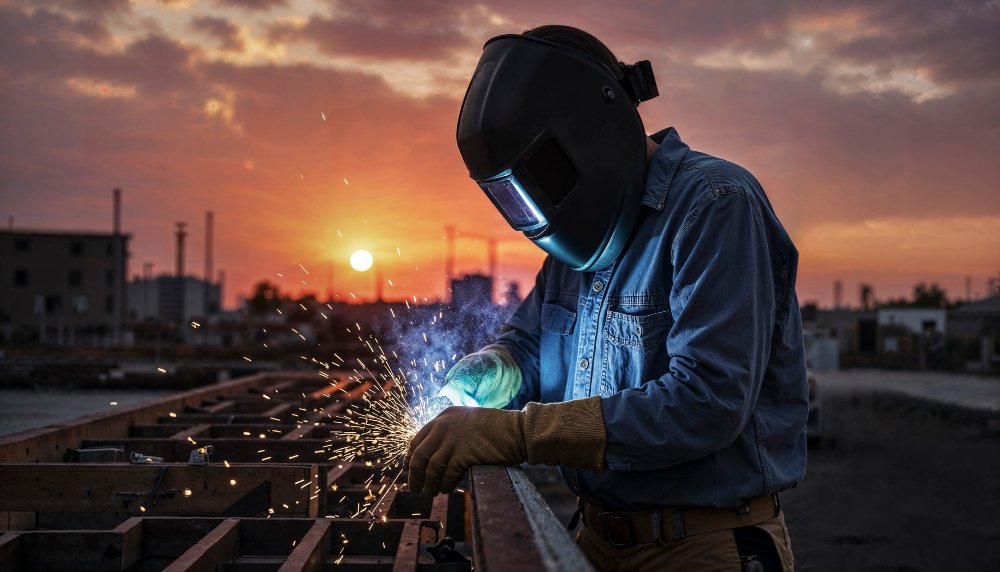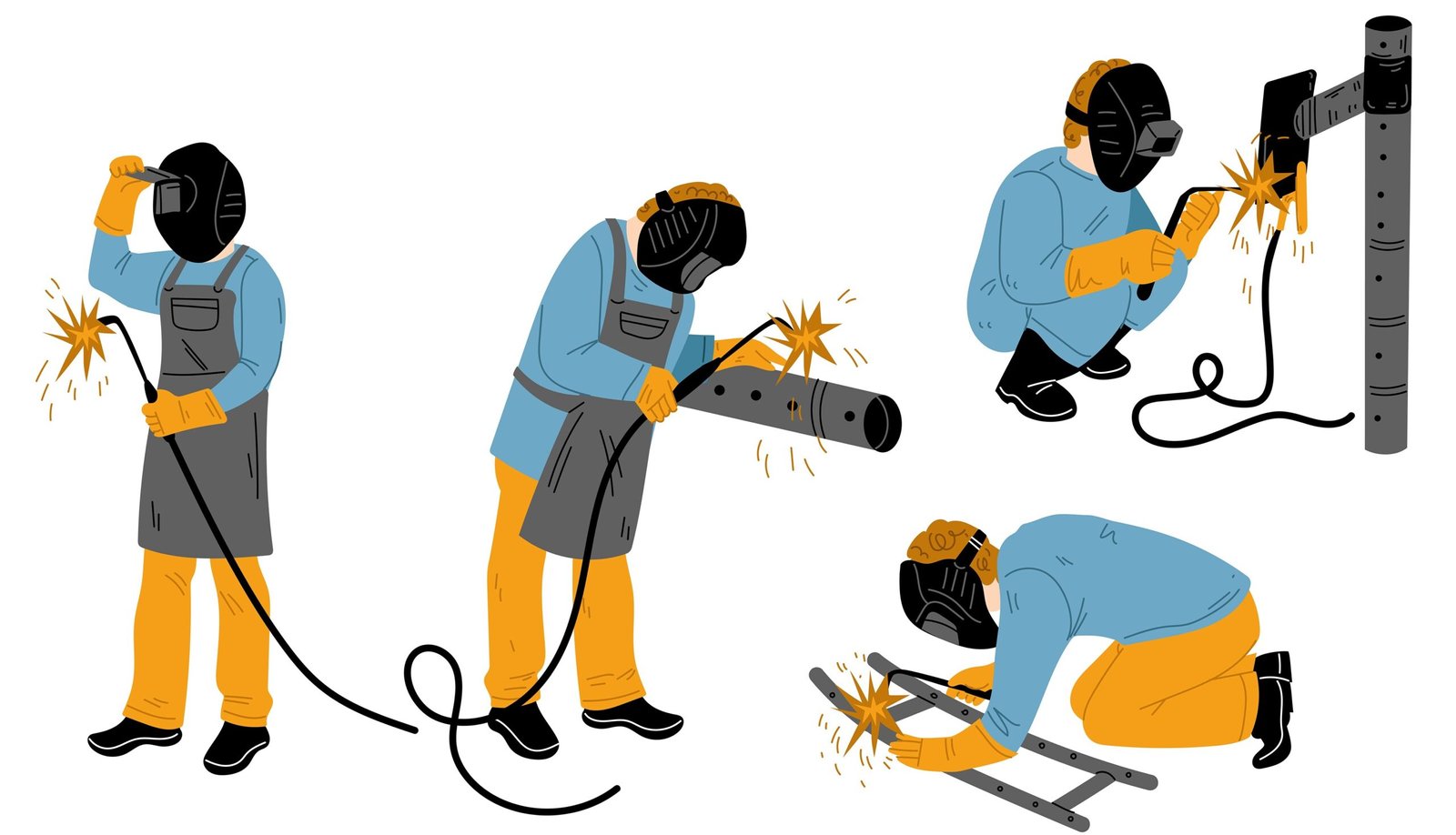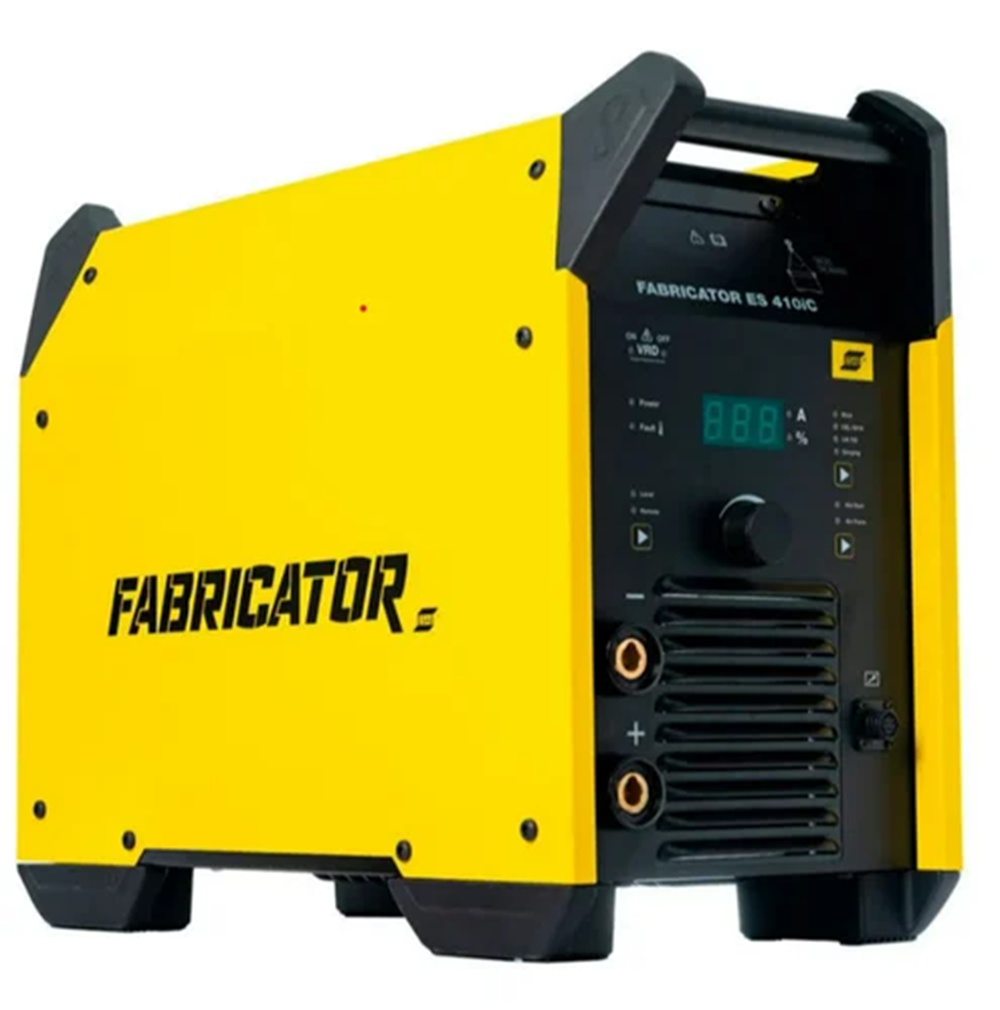Welding Activities in a Refinery Shutdown

The most common welding activities during refinery shutdowns encompass a range of repair, maintenance, and fabrication tasks crucial to ensuring safe and efficient refinery operations following the shutdown. These activities typically focus on:
Repair Welding: Fixing cracks, corrosion damage, and wear on piping, pressure vessels, heat exchangers, tanks, and structural components. This includes repairing weld defects found during inspections or by non-destructive testing.
Replacement Welding: Removing worn or damaged parts and welding in new components, including pipes, flanges, valves, nozzles, and supports.
Fabrication and Modification: Building or modifying existing equipment and piping systems according to updated designs for process improvements or compliance requirements.
Weld Overlay and Cladding: Applying corrosion-resistant or wear-resistant alloy overlays via welding on internal surfaces of vessels or pipes to extend equipment life and protect against aggressive refinery environments.

Pre- and Post-Weld Heat Treatment Welding: Selecting appropriate welding procedures with controlled heating and cooling to prevent weld cracking. It ensures integrity in alloy steels that are exposed to high temperatures and pressures.
Hot Work Tasks: Controlled welding activities involving cutting, grinding, and welding on energized or flammable equipment areas. It is performed under strict safety protocols.
Welding of Specialty Alloys: Handling materials such as stainless steel, Inconel, and chrome-moly steels requires specific welding techniques to manage issues like hydrogen cracking and stress rupture.
These welding tasks are typically executed using inverter-based stick welding (SMAW) machines. It is often supplemented by TIG welding for critical or precision welds on exotic metals. Safety procedures and permits for hot works are strictly followed to minimize the risks of fire or explosion during shutdowns.
Welding Estimation Guidance
To give an example from refinery shutdown practice and estimation guidance:
Weld length measurement is primary, often supplemented by the weight of steel welded.
Typical electrode consumption is about 0.4 to 0.6 kg per kg of welded metal or approximately 4.5 kg of electrode per ton of welding (varies with electrode type and process).
Labor productivity can be estimated at 10-20 meters of weld per day per welder, depending on weld complexity.
Duty cycles and machine specifications (such as inverter stick welders rated for refinery conditions) inform labor pacing and machine use in the BOQ.
Industry and project tenders show that BOQ for welding also integrates detailed breakdowns of electrode types (AWS E7018, E6010, etc.), estimated welding current/time, and safety margin
Arc Welding Machines
The most common type of arc welding machine used during a refinery shutdown is the inverter-based SMAW (Shielded Metal Arc Welding, or “stick welding”) machine, typically capable of both MMA (Manual Metal Arc) and TIG (Tungsten Inert Gas) processes. Key reasons for this preference include:

Versatility: SMAW/Stick welding is compatible with a wide range of metals and thicknesses commonly found in refinery maintenance, including pipelines, pressure vessels, and structural components. Performed on items, especially made from carbon steel or low-alloy steel.
Portability: Inverter-based welders are lightweight and easily deployable across various shutdown locations within a refinery.
Ruggedness and Reliability: These machines are less sensitive to fluctuating power supplies and environmental conditions common on shutdown sites.
Simplicity and Safety: Stick welding equipment requires fewer support systems compared to processes like MIG or submerged arc, which is beneficial under tight shutdown schedules and strict safety protocols.
Code Compliance: SMAW welds are widely accepted under refinery codes and safety standards.
In some cases, TIG welding machines are also commonly used, especially for repairing stainless steel or exotic alloys, where weld quality and precision are critical.
Welding Machines and DG Set
The total number of stick welding machines (SMAW) typically used per Diesel Generator (DG) set type in a refinery shutdown depends on the power capacity of the DG set and the power requirements of each welding machine. Based on commonly accepted industry estimates and the typical power ratings of welding machines and DG sets:

A 125 kVA DG set (about 100 kW usable power at 0.8 power factor) can support approximately 8 to 10 stick welding machines. This assumes each inverter-based stick welder requires about 8 to 15 kVA.
A 250 kVA DG set (about 200 kW usable) can typically run around 16 to 20 stick welding machines.
A 500 kVA DG set (around 400 kW usable) can support approximately 35 to 40 stick welding machines.
These figures take into account typical duty cycles (not all welders operating at full load continuously), power factor considerations, and safety margins where DGs are not loaded beyond 80–90% capacity for reliable operation.
In practice, the actual number may vary depending on the scheduling of welding operations (diversity factor), welding load patterns, power factor of welding machines, and site-specific load distribution and protection arrangements.
